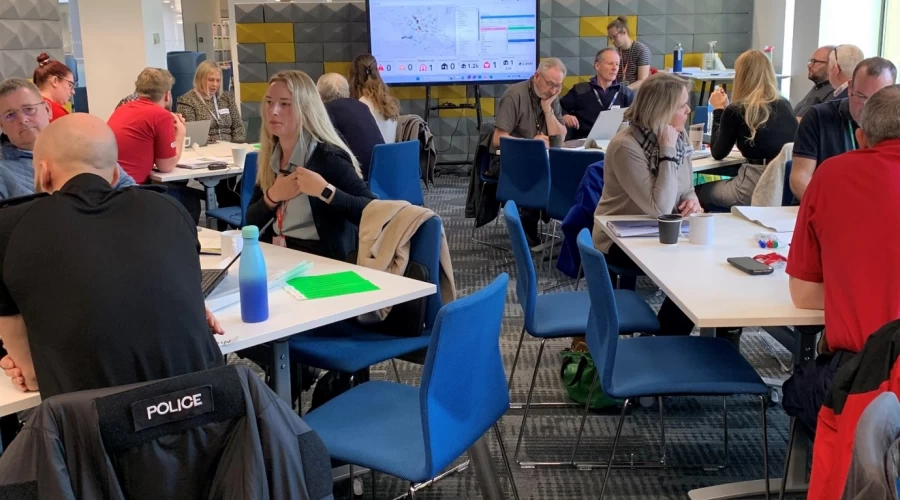Preparing your Business
In much the same way as we would prepare and plan for a journey, we should prepare for when things do not go to plan in our businesses. Often, we have the processes and planning already subconsciously in our head.
This planning is ‘Business Continuity’ and is a business's level of readiness to maintain critical functions after an emergency or disruption. The same principles can be used whether your business is small or corporate.
Many refer to Business Continuity as disaster recovery but the two are fundamentally different. Business Continuity focuses on keeping business operational during a disaster, while disaster recovery focuses on restoring data access and IT infrastructure after a catastrophe.
Without Business Continuity plans in place there can be serious impacts to a business. Reduced productivity, revenue loss, reputational damage - all of these could eventually spell the end of a business. If an organisation does not know how to address and manage these risks, then it might not be able to bounce back from a major incident. The longer a business is impacted and has down time the higher the losses.
There are four pillars that you should consider that may be impacted in your business and how you address impacts to these:-
- Loss of People
- Loss of IT
- Loss of Building
- Loss of Supplier
Related News

People can help shape the way energy is produced and sued in their local area
2m read
Local Workshops coming soon to six pilot areas in Wiltshire
The five key components of a business continuity plan?
- Risks and potential business impact – this may change over time of an incident so ensure you re-assess. Risks can be mitigated with prior planning.
- Planning an effective response – what to do and how? Where to go as an alternative site? Does your IT have resilience and recovery?
- Roles and responsibilities – do you have any critical roles or bespoke knowledge?
- Communication - do your staff know about the Business Continuity plan and what their role is?
- Testing and training – this embeds what alternative processes are in place and how they work.
The four pillars above are then all assessed on the above five components. From this, you can find out what the impacts and the gaps will be in your business. For example, if you were to have reduced staff numbers because of flu would you be able to continue to carry out your critical processes and, if not, what would be the impact?
Not all risks can be mitigated due to time, financial or other factors but it is far better to know about them ahead of time.
If you think you don’t need a Business Continuity plan, just ask yourself the question what if?......




